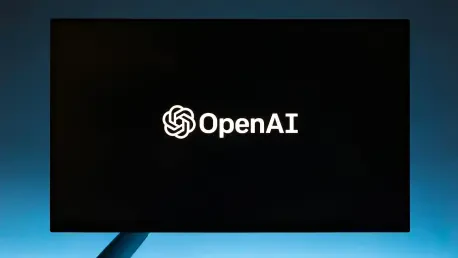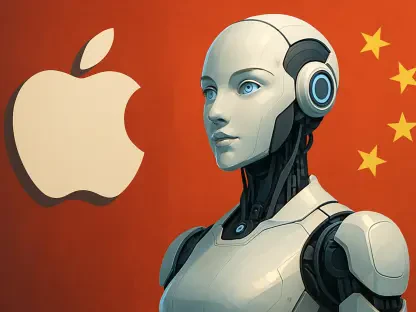In an evolving landscape dominated by tech giants Microsoft and Google, OpenAI is poised to make a significant move by potentially developing a revolutionary productivity suite that challenges traditional norms. Historically, Microsoft 365 and Google Workspace have held comprehensive control over the productivity tools sector, continuously adapting to technological advancements to maintain their positions. However, OpenAI, renowned for its transformative impact on browsing and search behaviors through innovations like ChatGPT, appears ready to disrupt this paradigm with new offerings aimed at redefining how users create and consume content.
While the market is deeply rooted in existing productivity suites, OpenAI’s proactive steps hint at a deliberate and strategic approach. By integrating support for export formats within its ChatGPT applications and Canvas, OpenAI has already begun aligning itself with current trends favoring streamlined digital content creation experiences. These foundational steps, coupled with the ongoing development of generative AI, indicate OpenAI’s intention to establish a robust foothold in this competitive arena. Despite the established dominance of Microsoft and Google, OpenAI’s venture reflects a broader industry trend toward more intuitive and AI-driven solutions that promise to simplify user interfaces and enhance productivity across various sectors.
Challenges in Shifting User Preferences
The potential transition toward OpenAI’s productivity suite is fraught with challenges, primarily in convincing users to move away from established platforms. With features like ChatGPT’s Canvas already hinting at a nascent productivity suite, OpenAI seems to be in alignment with the industry’s inclination toward seamless, digitally-driven content creation tools. Yet, changing user preferences is no simple task, as long-time users of Microsoft 365 and Google Workspace have grown accustomed to their functionality, reliability, and ecosystem integration.
Analysts like Jack Gold from J. Gold Associates highlight the formidable difficulty of displacing such deeply entrenched competitors. The challenge is not solely technological but also cultural, as users have developed a level of comfort and dependency on these existing systems over the years. OpenAI’s potential success relies on its ability to deliver distinctly superior value through innovative AI-driven features that genuinely enhance productivity rather than just replicating what already exists. By redefining the user interface from traditional menu navigation to generative AI-powered prompts, OpenAI hopes to offer a more intuitive experience, enabling users to execute complex tasks with just a few commands, thereby fundamentally altering the workflow landscape.
Competitive Landscape and Strategic Considerations
OpenAI’s aspirations to enter the productivity suite domain are part of a broader strategic vision that must navigate a highly competitive landscape. The partial alliance with Microsoft, which uses OpenAI’s models in its Copilot features, could pose both opportunities and challenges. While Microsoft’s direction indicates an increasing reliance on AI technology for document creation, OpenAI must tread carefully to avoid direct competition, which could strain their existing partnership. This intricate dance requires astute strategic planning to differentiate OpenAI’s offerings and avoid head-on collisions with existing allies.
Emulating successful market entries by leveraging open-source platforms such as OpenOffice or LibreOffice might prove advantageous for OpenAI. This approach could ease its market entry, reducing the time required for development while minimizing costs. The focus on integrating distinctive AI capabilities allows OpenAI to carve out a niche that appeals to tech-savvy users and organizations seeking innovation beyond traditional tools. However, OpenAI’s success will largely depend on its capacity to attract the necessary talent, secure resources, and gain significant market traction, all while anticipating and countering Microsoft’s likely strategies to protect its longstanding market dominance.
Potential Challenges and Future Perspectives
In today’s tech-driven world, Microsoft and Google have long dominated the productivity tools market with Microsoft 365 and Google Workspace, adapting to new technologies to sustain their leadership. However, OpenAI is poised to challenge this status quo by potentially developing a groundbreaking productivity suite. Known for innovations like ChatGPT, which has transformed browsing and search habits, OpenAI is preparing to redefine content creation and consumption.
OpenAI’s strategic moves suggest a methodical approach to penetrating this sector. By incorporating export format support in its ChatGPT apps and Canvas, OpenAI aligns with the trend toward creating more streamlined digital experiences. These initial steps, paired with the ongoing refinement of generative AI technology, underscore OpenAI’s ambition to carve out a significant niche in this competitive field. While Microsoft and Google remain powerhouses, OpenAI’s initiative mirrors a wider industry trend toward intuitive, AI-driven solutions that aim to simplify user interfaces and boost productivity across diverse fields.









